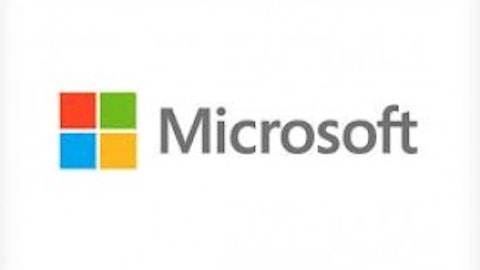It’s official, JPMorgan Chase & Co. (NYSE:JPM) CEO and Chairman Jamie Dimon has held onto both of his roles at the bank. But in the wake of a highly contentious vote, there are surely still plenty of shareholders wondering whether he should have.
To get a more concrete idea of how Dimon was being evaluated before the London Whale kerfuffle, I cracked open JPMorgan Chase & Co. (NYSE:JPM)’s 2012 proxy statement. In general terms, here’s what the board was looking at when determining Dimon’s 2011 pay:
- The bank’s financial performance.
- Relative performance versus close competitors.
- The bank’s performance during the financial crisis.
- Keeping up the famous “fortress balance sheet.”
- Growing the bank’s major businesses.
- “Active management for regulatory change.”
- Succession planning and developing senior executives.
Applying that list to 2012, it seems tough to conclude that Dimon was in line for a major demotion. There was, of course, that multibillion-dollar loss in the Chief Investment Office. Despite that, the bank still managed to eke out just over $21 billion in net income — up 12% from 2011.
When stacking up JPM to its close competitors, the 11% return on equity for 2012 wasn’t quite at the 12.9% level of Wells Fargo & Co (NYSE:WFC), but it easily topped the 1.8% at Bank of America Corp (NYSE:BAC) as well as the 4.3% at Citigroup Inc. (NYSE:C). It also beat Goldman Sachs Group, Inc. (NYSE:GS), which put up a 10.1% return on equity for 2012.
And did I mention that those results include a $6 billion trading loss?
If return on assets is your preferred measure of bank success, JPMorgan Chase & Co. (NYSE:JPM) comes out near the top of that group as well — again getting topped by only Wells Fargo.
It might be expected that a huge trading loss would hurt the bank’s precious “fortress balance sheet,” but it’s tough to say that was the case, either. At the end of 2012, the bank’s Tier 1 common ratio (a measure of balance-sheet soundness) was 11%, which was up from 10% at the end of 2011. Under the more stringent Basel III capital rules — which are not in effect yet — JPM’s Tier 1 common was 8.7%, up from 7.9% the prior year.

Who’s on the hook, then?
JPMorgan Chase & Co. (NYSE:JPM) is a giant bank with $2.4 trillion in assets and more than $200 billion in shareholders’ equity. So even a scary-sounding loss of $6 billion wasn’t anywhere near a mortal blow. But $6 billion is still $6 billion. Plus, at issue is more than the size of this particular loss — it’s that something outsized like this could happen and seem to catch the CEO by surprise.
Continuing through the 2012 proxy statement, then, it’s notable that there are named executives who are responsible for just this sort of thing. Then-CFO Doug Braunstein was noted to have responsibilities that included “maintaining strong financial discipline, guarding safety and soundness, [and] liquidity management.” Meanwhile, Ina Drew, the head of the CIO office that housed those big losses was said to be the one in charge of “the firm’s investment exposure.” I would assume that includes derivatives trading positions that have the potential to lose billions.
Those who have followed the JPMorgan Chase & Co. (NYSE:JPM) saga over the past year no doubt know that both Braunstein and Drew have been relieved of those responsibilities.
Not that this leaves Dimon blameless. As I noted, he’s responsible for overseeing and developing top executives. The fact that two key execs that were responsible for key risk management roles completely blew it doesn’t speak well to Dimon’s choice of people in his circle of trust. And he didn’t get out of 2012 unscathed — Dimon’s compensation for the year was cut in half as his cash bonus was completely wiped out and stock awards were severely curtailed. That seems like a strong statement by the board that record earnings are great, but risk management holds the trump card.
